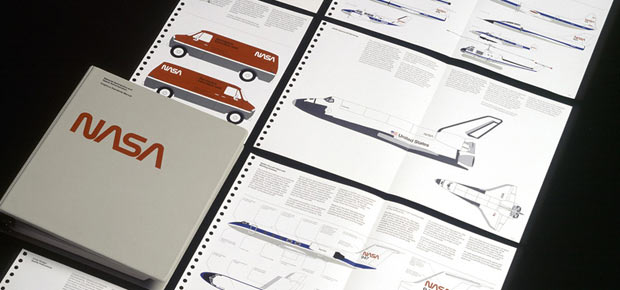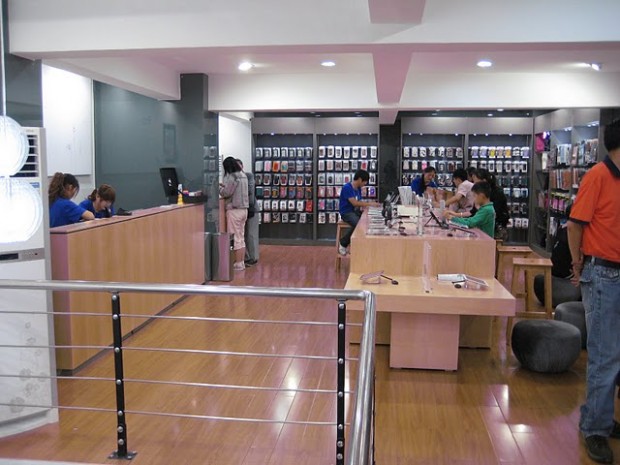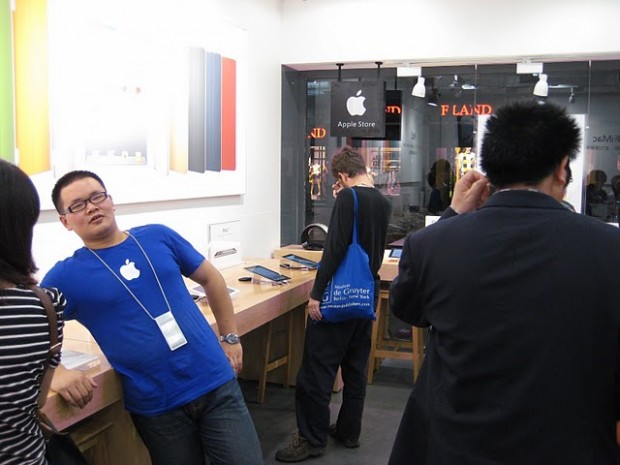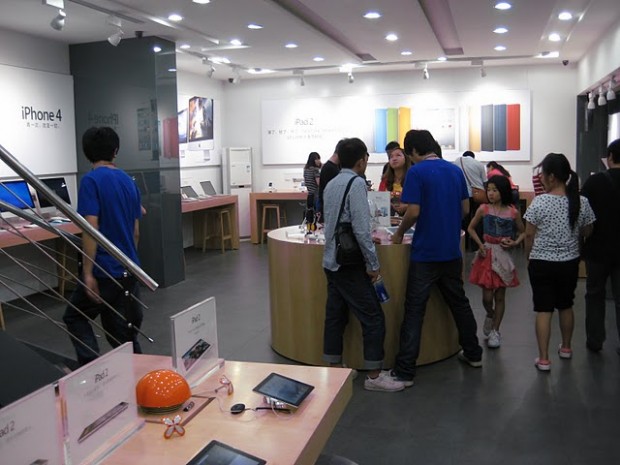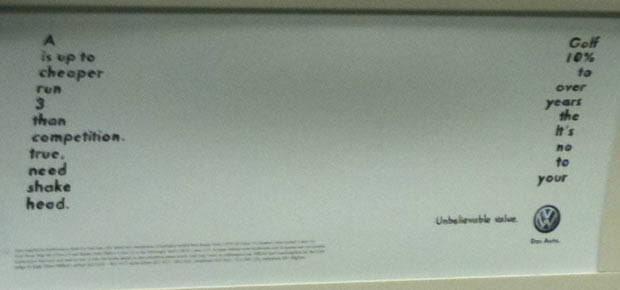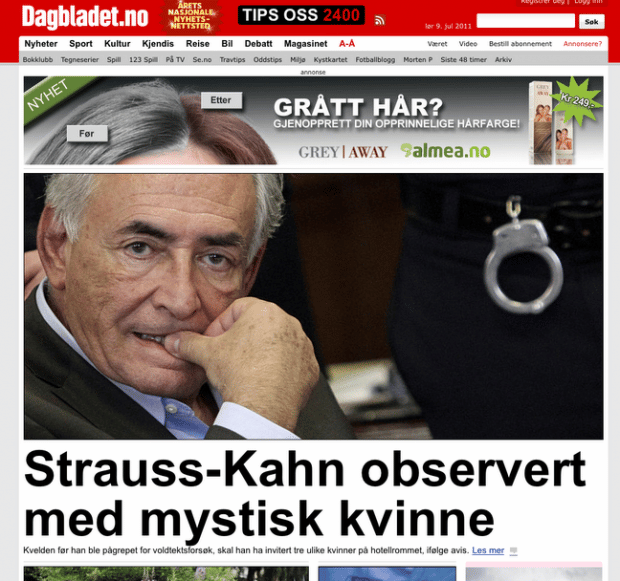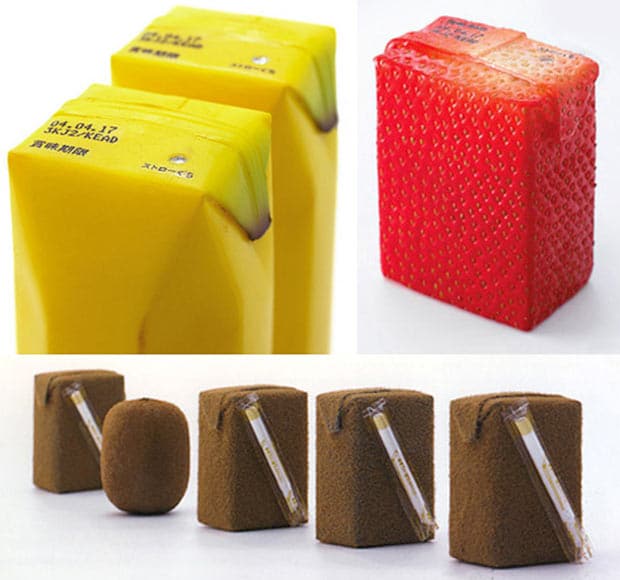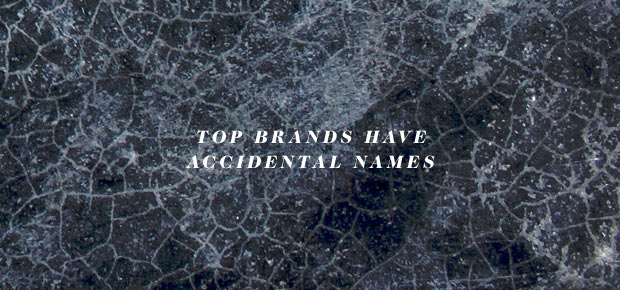This is a great spot from Nike that is, in typical Nike fashion, tremendously inspirational. Not many brands can build clear, aspirational brand values like Nike can. This is a great example of how they do it.
Category: Observations
1976 NASA Graphic Standards Manual
I love corporate identity documentation, which is normally a terribly dry thing to love. But this NASA Graphic Standards Manual from 1976 is really exceptional. There aren’t enough details, but I can see how much of this design influenced anything related to space for the next 15 years. From sci-fi movies to my favourite sets of Lego (the early space stuff was tops in my books), looking at these manuals is very evocative. I just wish there was more to see.
Apple Store Knock-offs in China
This is already pretty old, but it’s worth seeing regardless. I won’t get into this too much, because others have already done a really good job talking about this (original post | analysis by Brandchannel).
The amount of effort that’s gone into this is impressive; even the employees think they’re legit Apple employees. The BrandChannel post observes that there is a Sony store nearby, and they wonder if anyone considered whether it is a knock-off as well. An odd question, as (based on the last time I was in a Sony store), the experience design in a Sony store is completely unremarkable. Who would want to knock-off a Sony store?
It makes me wonder though, have you ever made something so good, people wanted to steal it?
VW Golf Ad Makes Clever Use of the Media
This bus ad for the VW Golf makes a clever use of the media to engage the audience’s participation in the message. This is the kind of work the makes ad people say “I wish my clients let me do stuff like that.” The ad reads, “A Golf is up to 10% cheaper to run over 3 years than the competition. It’s true, no need to shake your head.”
Brand Reversions by Graham Smith
Graham Smith has done a masterful job of mashing up two logos, often from competing brands. It’s a fascinating look at brand identity design, and raises questions about the relative importance of the name and the design.
Great Ad Placement
Sometimes ad buys work out really well. I wonder if this was an intentional move by the media buyer and creative, or just a moment of serendipity?
Really Clever Fruit Juice Packaging
Not only clever, this fruit juice packaging by Naoto Fukasawa would look distinctive in almost any environment. Toxel.com quotes him:
I imagined that if the surface of the package imitated the colour and texture of the fruit skin, then the object would reproduce the feeling of the real skin.
I’m really interested in how this kind of design affects how people experience the brand. I imagine that the design would certainly allow for a hefty premium to be charged on the product, and the packaging itself to be cherished by its consumers.
Ameriquest Understands
I won’t comment on how these commercials impact the Ameriquest brand; they’re several years old and require a lot more context to fully appreciate. But it’s clear that these would have been really fun for the ad agency to produce, and they do a good job of providing entertainment in exchange for the commercial message.
Top Brands Have Accidental Names
A while ago I realized that there are only two kinds of brand names: unsuitable names and good-enough names. There is no such thing as a perfect name. While unsuitable names can ruin a brand’s chance of success, no name can guarantee a brand’s success. In fact, when you start looking at the most successful brands, their names were often created almost accidentally.
That’s why I liked this graphic I stumbled across recently. It tells the story of how some of the biggest brand names came about. Not one of them was a thoroughly designed name, that branding experts considered perfect.
Pentagram Dresses Drake’s
Once again, Pentagram rolls out some really strong branding work. It’s a fantastic example of what I think of as really great brand identity design: a elegant mark, impeccably applied to the collateral.
It’s exactly what I was thinking about when I asked if logos are important. The logo doesn’t aspire tell the whole story of the brand. It’s “just” a very nice wordmark. Instead, William Russell and John Rushworth (and their teams) build the brand’s visual vocabulary in the collateral.
Make sure you have a look at the interiors (also by Pentagram) on their website.
